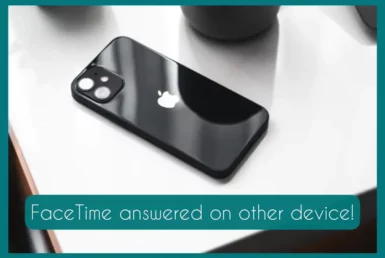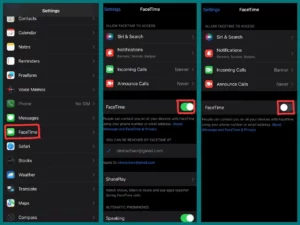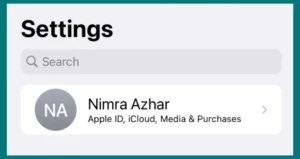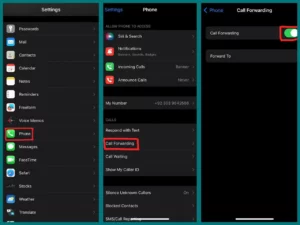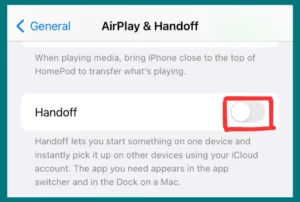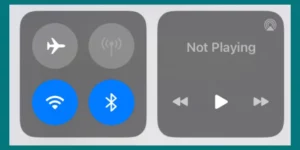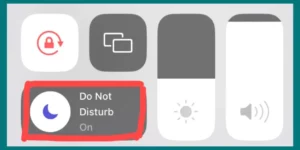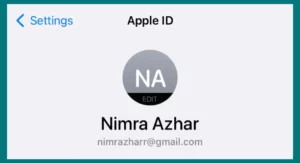Have you ever wondered why other devices occasionally answer your FaceTime calls? This strange behavior can be traced to several factors that interact with Apple’s ecosystem’s seamless connectedness.
In this article, we’ll examine the reasons behind this occurrence and offer practical solutions to guarantee that your FaceTime conversations are constantly received on the intended device.
Why is Another Phone Getting My FaceTime Calls?
The reasons below can help you take back control of your FaceTime calls.
1. Synchronization of the Apple Ecosystem
Your iPhones, iPads, and Macs will all function seamlessly together if you possess a variety of Apple products, as they are all part of the same ecosystem.
FaceTime calls may ring concurrently on several devices due to this synchronization. The idea is to give consumers flexibility by letting them answer calls from whichever device is most practical at the time.
2. Shared Apple ID
FaceTime calls can be made to all devices connected to the same Apple ID through shared Apple IDs. This is frequently the case in homes where family members use an Apple ID to access joint purchases and content.
3. Call Forwarding
Depending on the settings, calls may be forwarded to a different device. For example, FaceTime calls may mistakenly show on your Mac or iPad if your iPhone’s calls are being routed to those devices.
4. Incomplete Handoff
The Handoff feature on Apple’s products enables seamless task switching between devices. When you pick up the call, it may transfer to another device if you were using FaceTime while viewing a website or working on a document on one device.
5. Bluetooth and Wi-Fi Connectivity
If two or more devices are near each other and linked by Bluetooth or the same Wi-Fi network, this could cause numerous devices to receive the call signal at once.
In the next section, we’ll discuss practical ways to resolve this problem and guarantee that your calls consistently reach the intended device.
How do I Stop FaceTime from Being Received on Other Devices?
By implementing the following strategies, you can take back control of your FaceTime calls, ensure that they are only received on the intended device, and enjoy more streamlined and customized communication.
1. Device-Specific Settings
Go to each Apple device’s settings and turn off the ability to receive FaceTime calls on that specific device.
On an iPhone or iPad:
- Go to “Settings”
- Then “FaceTime”
- Turn off “Facetime.”
On Mac:
- Open the Facetime application on a Mac.
- Select “Facetime” from the menu bar.
- Then click “Preferences.”
- Remove a tick mark from the box next to “iPhone Cellular Calls.”
2. Individual Apple ID for Each User
If several members of the same family share an Apple ID, you might want to think about creating distinct Apple IDs for each user. This will give users a more individualized experience and stop FaceTime calls from ringing on many devices simultaneously.
3. Disable Call Forwarding
If you believe call forwarding is the root of the problem, stop utilizing it. Turn off call forwarding by following the steps.
- Go to “Settings”
- Then “Phone”
- Search for “Call Forwarding”
- Turn it off!
This ought to stop calls from being routed to other devices.
Modify Handoff Settings
Handoff, which enables seamless task switching between devices, may cause calls to be answered on devices that weren’t intended.
For iPhone/iPad:
- Go to “Settings”
- Then “General”
- Select “Airplay and Handoff”
- Turn it off on an iPhone or iPad.
For Mac:
- Select “System Preferences”
- Select “General” on a Mac,
- Then disable “Allow Handoff between this Mac and your iCloud devices.”
5. Manage Bluetooth and Wi-Fi Connections
Ensure Bluetooth and Wi-Fi connections are only active on the device to which you want calls to be restricted. Other devices’ Bluetooth and Wi-Fi settings can be changed to stop FaceTime calls from being received.
6. Use Do Not Disturb
On devices where you don’t wish to receive FaceTime calls, turn on the “Do Not Disturb”<span data-preserver-spaces=”true”> feature. Incoming calls and notification sounds will temporarily stop.
7. Verify your iCloud Settings
Check your iCloud settings to ensure all your devices are signed in with the correct Apple ID. By doing this, calls to devices linked to separate accounts cannot be redirected.
Common Concerns about this Problem
The problem of FaceTime raises real privacy issues, with calls ringing on unwanted devices. Users are concerned that private discussions could be overheard if a call is answered on a device they are not close to.
Multi-device homes may also experience confusion and disturbance due to this situation. When calls ring on other people’s smartphones, sharing private or professional information becomes risky.
Careful device management, unique Apple IDs, and the intelligent application of settings like Handoff and call forwarding are required to address these issues. By prioritizing privacy and putting these safeguards in place, users may alleviate concerns and ensure their communication is private and controlled.
Conclusion
Finding the balance between privacy and proficiency while navigating the complexities of FaceTime call distribution across devices is essential. Users can regain control over their calls by understanding the causes of this phenomenon, implementing device-specific settings, unique Apple IDs, and cautious configuration. Finding this equilibrium guarantees smooth communication without violating private space.

